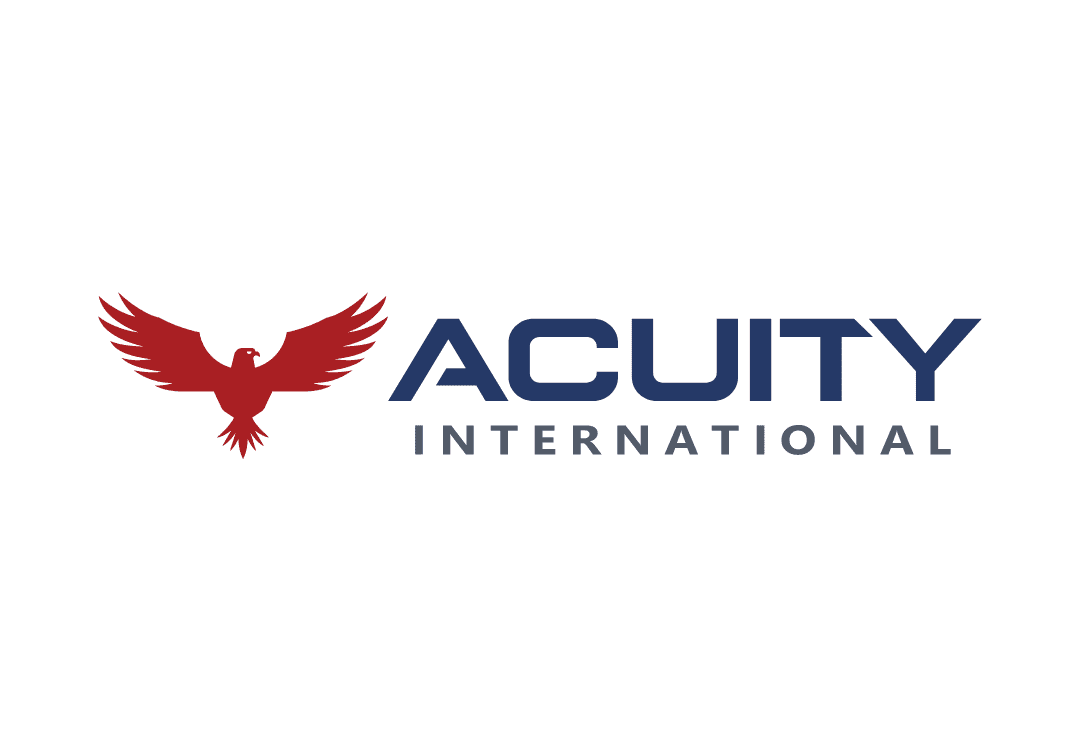What is Predictive Analytics?
Predictive analytics is the practice of extracting insights from data and using that information to predict trends and patterns, and inform future outcomes. As consumers, we encounter predictive analytics in many aspects of our lives. It influences various areas, from what we purchase on Amazon to what we watch on Netflix.
But predictive analytics can also enhance employee health and wellness, and support business continuity. With the right tools and data, forward-thinking employers can yield valuable insights about improving the work environment, controlling absenteeism and presenteeism, retaining valued employees, and reducing workforce-related costs and risks.
Indeed, turning data about populations at risk (PAR) into an action plan for the business is a strategic opportunity that organizations can’t ignore. After all, if you don’t know where you are going, you might wind up someplace else.
4 Ways Predictive Analytics Improves the Workplace Environment
1. Yield insights into populations at risk
A growing use case for predictive analytics in the workplace is employee health and wellness. Frequent workplace injuries or health issues have direct financial costs, including lost time, insurance premium hikes, workers’ compensation payments, and even litigation. Absenteeism due to illness is also costly, and presenteeism (working while sick) impacts both productivity and safety. Studies show that out of every dollar spent on health care benefits, $0.61 is spent on illness and injury-related absences and reduced work output.
At Acuity, we help organizations overcome these challenges. Using predictive health analytics and anonymized data – including demographics, job titles, worksites, claims data (workers’ compensation and indemnity), employee surveys, and turnover – we provide employers with valuable real-world insights about their populations at risk, such as those with health conditions or propensity for injury, and help them find patterns in this data to inform decision making.
In one engagement, I worked with a client to identify the health issues that were costly to the organization and had the most impact on absenteeism. The client assumed that cancer and heart disease were the most detrimental to productivity and had prioritized awareness around these conditions. But when we studied the data, it transpired that absent employees were largely predisposed to OB/GYN and skin problems – prompting a data-driven shift in the client’s wellness strategy to include family planning and skin cancer screening.
2. Understanding social determinants of health and productivity
Employee productivity, absenteeism, and presenteeism are also subject to societal challenges. We can know an employee’s demographics, health status, and where they spend their healthcare dollars, but what about other factors? For example, Employee A may neglect his health because he is busy caring for his elderly parents. Employee B shares one car with his working spouse, requiring long commutes using limited public transportation. While Employee C is a single parent who skips work on occasion to be present for her children.
With secondary, anonymized societal data sets, employers can more accurately identify the driving factors of lost workplace productivity and get answers to critical questions such as:
- What factors keep their employees out of work?
- Which employees are at risk?
- What programs can be implemented to produce the best outcomes (flexible work arrangements, childcare programs, access to healthcare, dependent care assistance programs, etc.)?
3. Eliminate the guesswork and better manage employee risk
Another beneficial outcome of predictive analytics is that it helps businesses prepare for unforeseen circumstances and disasters that may impact workplace productivity.
For example, organizations can predict whose commute may be impacted by extreme weather by analyzing employee attributes such as home address and vehicle type. If a snowstorm hits, employers can quickly determine who can make it to work safely based on their location and access to a four-wheel-drive vehicle and who will be absent that day. This is especially important to employers who must ensure business continuity, such as federal agencies, law enforcement, critical infrastructure providers, and transportation operators.
4. Leveraging prediction to ensure successful outcomes
Companies have spent years trying to implement programs to address workplace health and safety. Yet these interventions are often generic or broad and not aligned with employee needs.
But by analyzing historical and demographic data, employers in any workplace – from the typical office to field operations teams – can model their workforce at an incredibly granular level. As a result, they can identify the driving factors of workplace incidents and absenteeism, develop targeted prevention strategies, and make informed decisions about procedures and policies to promote business continuity.
While predictive analytics can be challenging (due to large volumes of data from diverse sources, much of which must be anonymized and handled in confidence), predictive analytics ensures workplace leaders can make the most of available data and continuously improve operations and their bottom line.
Work With Us
Want to learn more about how you can utilize predictive analytics to improve health, wellness, and safety in your workplace? Contact us for more information.









